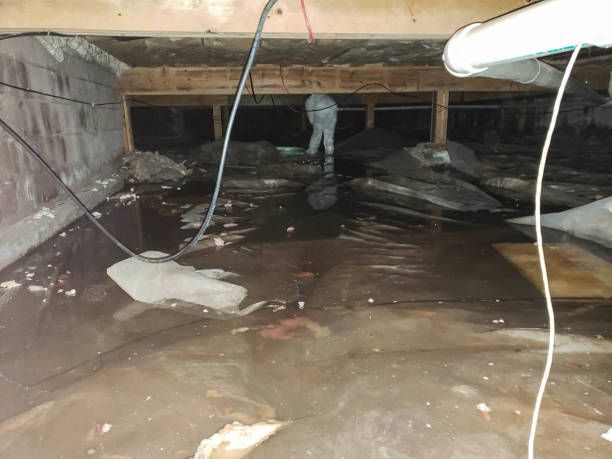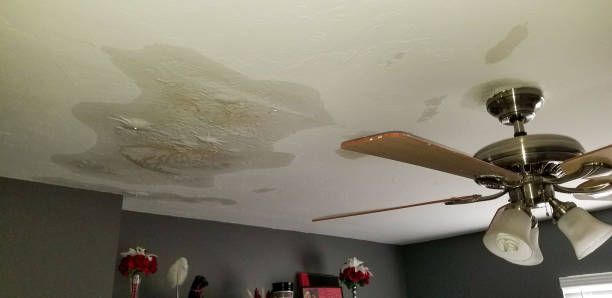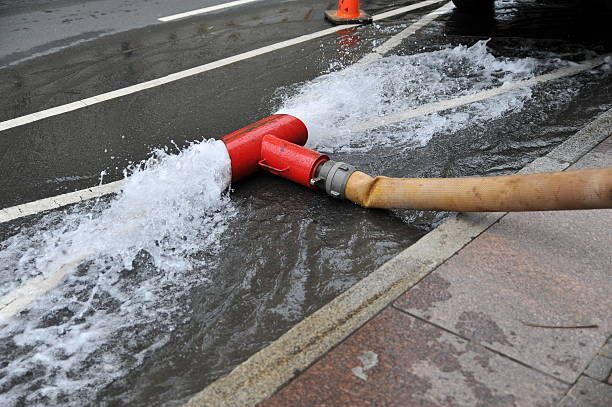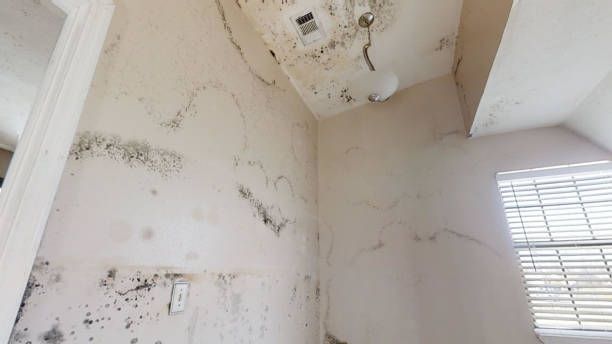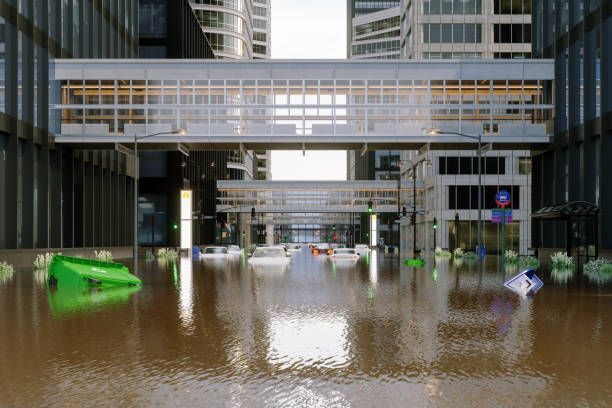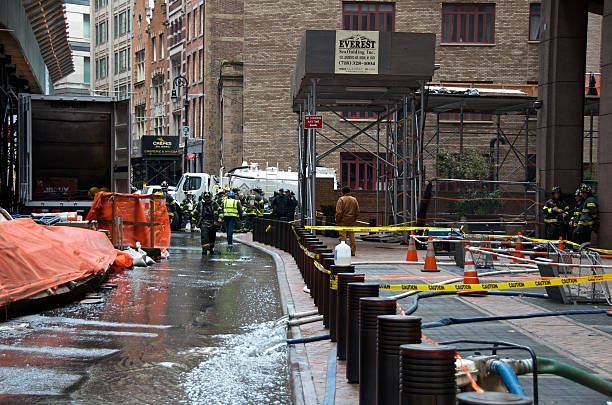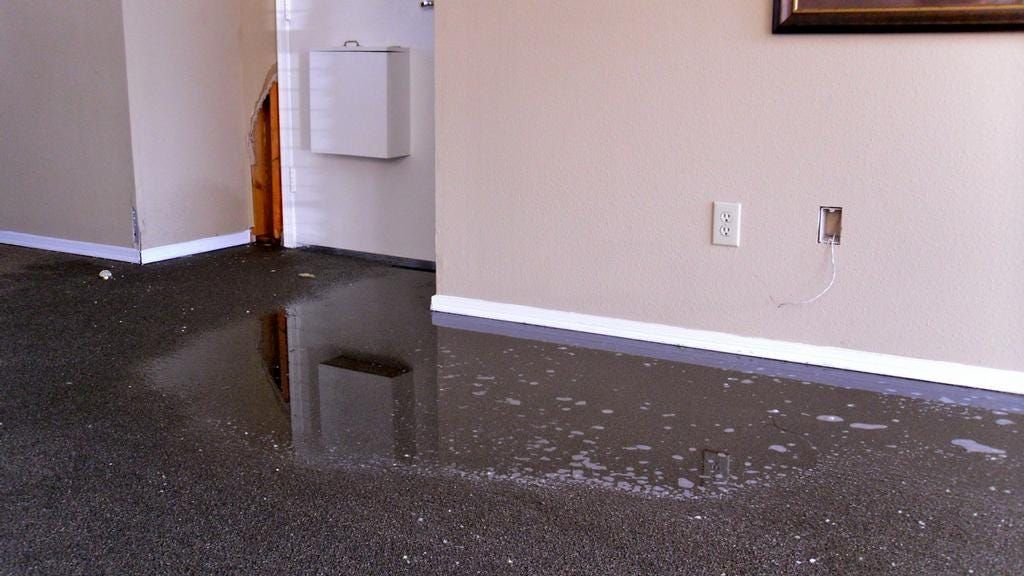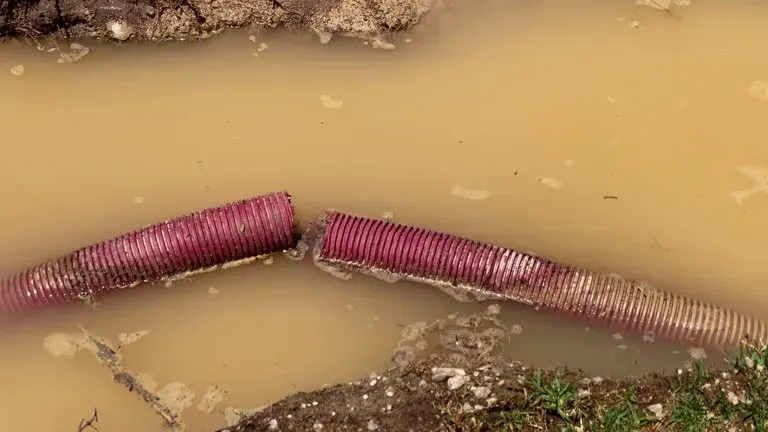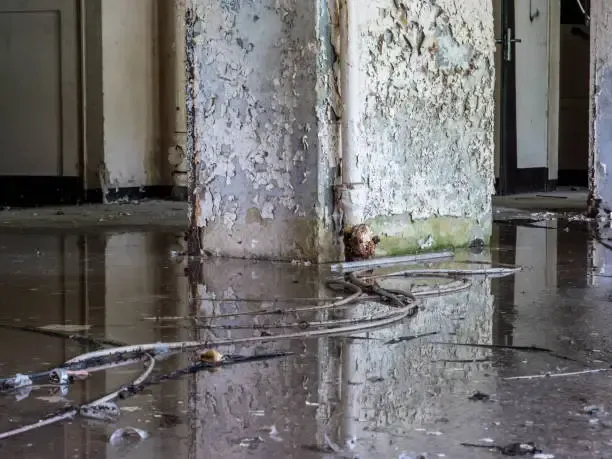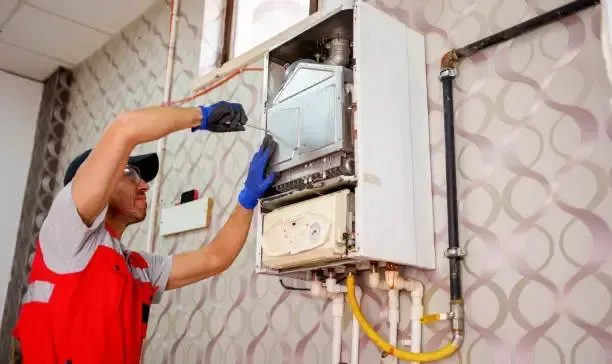Quick and Reliable Flood Damage Restoration Tips
Flood damage restoration is critical when your home or business suffers from flooding. Acting fast with the right steps can save your property and reduce costly repairs. In this guide, you’ll find quick and reliable flood damage restoration tips that cover everything from emergency flood cleanup to preventing mold after a flood. Whether you’re dealing with basement flood restoration or commercial flood damage repair, understanding the process helps you respond effectively. For expert help, visit Fast N Dry Floods.
What to Do Immediately After Flood Damage
Emergency Flood Response: First Steps to Take
After a flood, immediate flood damage control is vital. Your first priority should be safety—avoid electrical flood damage and safety hazards by shutting off power. Next, call a trusted water damage restoration service to start flood water extraction as soon as possible. Quick removal of water prevents waterlogged carpet drying issues and limits drywall flood damage repair.
DIY Flood Damage Repair Tips Before Help Arrives
While waiting for professionals, you can begin some emergency flood cleanup tips yourself. Start by removing valuables and furniture from water-affected areas. Use towels or a wet/dry vacuum to soak up water, but remember that prolonged exposure can cause furniture flood damage restoration challenges. If safe, open windows to aid flood drying in your home.
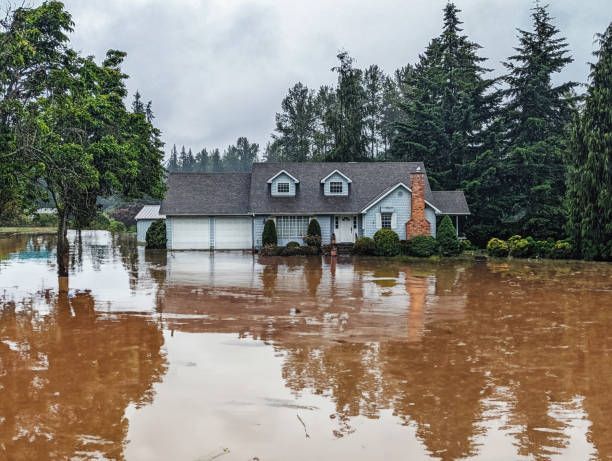
Essential Flood Damage Remediation Steps
Fast Flood Water Removal Advice
Professional flood water extraction is necessary for effective restoration. Experts use powerful pumps and vacuums to remove water quickly. Afterward, structural drying services help remove moisture trapped in walls and flooring to prevent mold remediation after flood damage.
How to Restore Flood-Damaged Property Properly
Restoring flood damage repair involves cleaning, drying, and disinfecting. Hard surfaces must be sanitized to eliminate bacteria from contaminated floodwater. Flood damage assessment guides decisions on repairing or replacing damaged items like drywall, hardwood floors, and electrical systems.
Preventing Mold and Secondary Damage
Flood Drying Tips for Homes
After flood water removal, thorough drying is essential. Using dehumidifiers and fans speeds up drying and helps prevent mold growth. Mold remediation after flood damage is complicated and costly, so early prevention is key.
How to Prevent Flood Damage from Recurring
Preventing mold and secondary flood damage includes installing sump pumps, flood barrier solutions, and water detection systems. These flood mitigation services reduce the risk of future floods affecting your property.
Choosing the Right Flood Damage Restoration Service
What to Look For in a Wall Oven Installer
Choosing a reliable flood damage restoration company matters. Look for licensed professionals who offer residential flood damage restoration and commercial flood damage repair. Check reviews and ask about their flood restoration timeline and emergency flood cleanup availability.
Cost of Flood Damage Restoration Service
Flood damage restoration costs vary based on the extent of damage and services required. Get a wall oven installation consultation or flood damage assessment to understand your specific needs and receive accurate estimates.
Special Considerations for Different Flood Types
Handling Sewage Backup Cleanup
Flood water may be clean or contaminated. Sewage backup cleanup requires specialized equipment and precautions to protect health and safety. Always rely on professionals for this kind of emergency flood cleanup.
Addressing Basement Flood Restoration Challenges
Basements are vulnerable to flooding. Waterlogged carpet drying and electrical flood damage safety must be handled carefully during basement flood restoration to avoid further problems.
Conclusion
Effective flood damage restoration is crucial to safeguard your home and avoid costly problems such as mold and structural damage. Using these quick and reliable flood damage restoration tips can help minimize damage and speed up recovery. If you’re dealing with flood damage, reach out to the skilled team at Fast N Dry Floods for prompt and professional assistance. Don’t delay, take action today to protect your property and restore your peace of mind!
FAQs
How soon should floodwater be removed?
Flood water should be removed within 24 to 48 hours to prevent mold and secondary damage.
Can I perform flood damage restoration myself?
Small water spills can be managed DIY, but serious flooding requires professional flood damage restoration services.
What causes the most damage during floods?
Water saturation, contaminated water, and delayed drying cause the most damage and mold growth.
